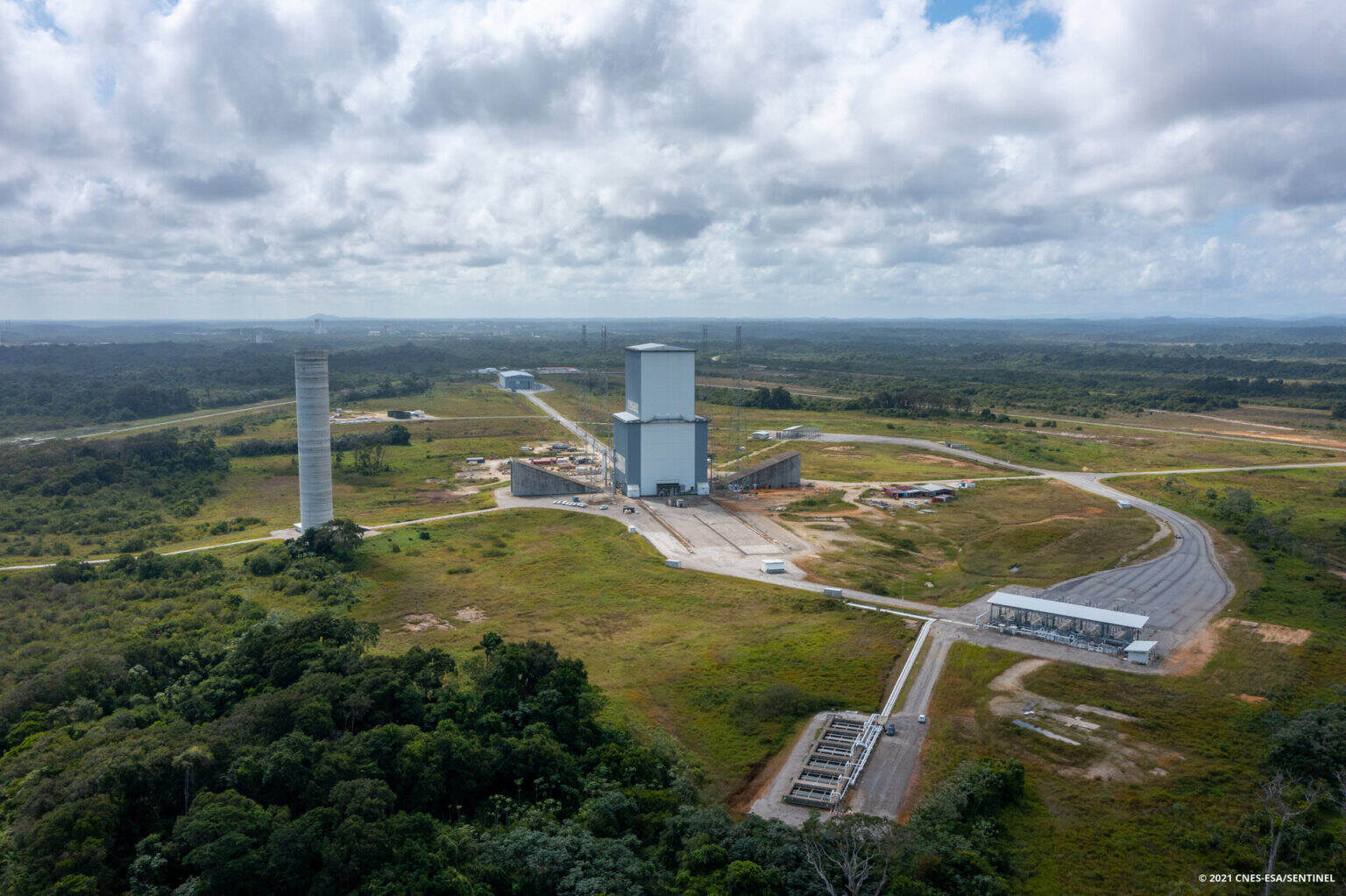The arena of space exploration is on the cusp of a transformative shift, thanks to the European Space Agency (ESA) and France’s space agency CNES. Their latest endeavor, Project Hyguane, heralds a new era of eco-conscious space travel with the introduction of green hydrogen as a fuel source for Ariane 6, Europe’s formidable new heavy-lift rocket. This ambitious project not only symbolizes a technological leap but also embodies a commitment to a sustainable future, both in space and on Earth.
At its core, Project Hyguane aims to transition from traditional hydrogen production methods to a more sustainable approach. The current process, involving steam reforming of methanol, is being replaced by solar-powered electrolysis of water. This shift is expected to reduce carbon dioxide emissions by a staggering fivefold for hydrogen production.
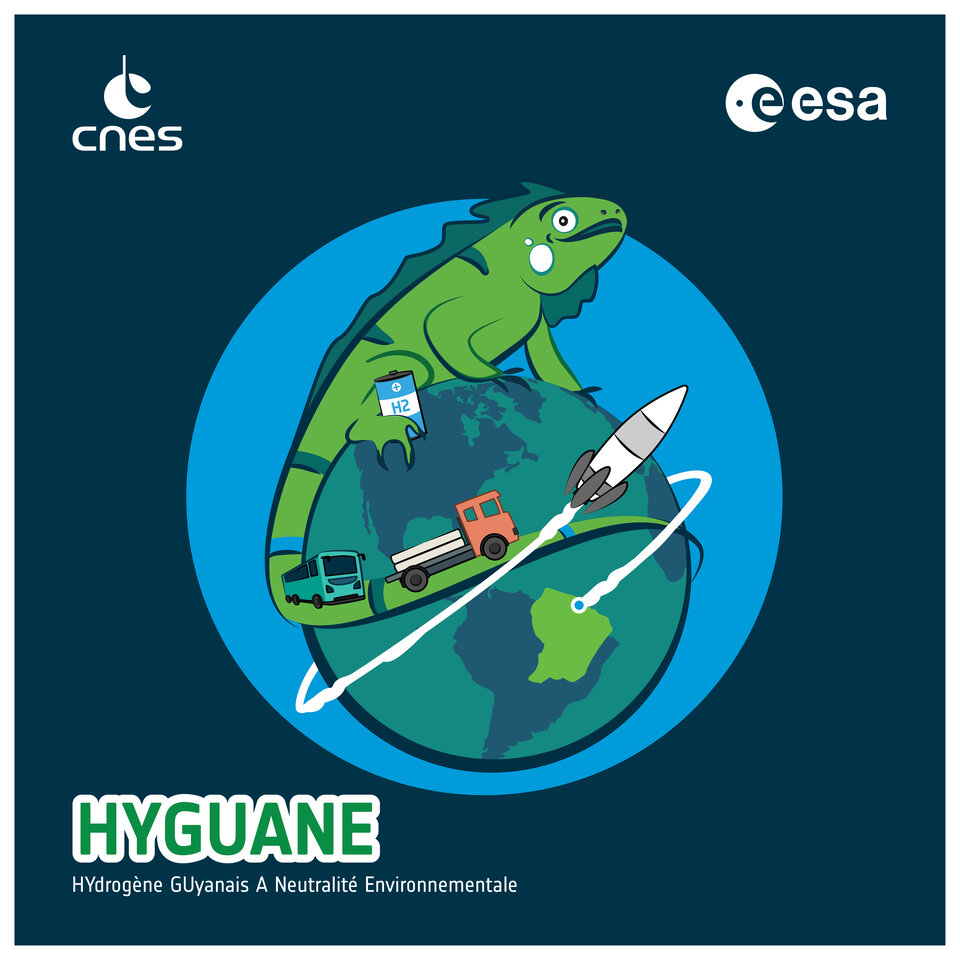
This €40.5M investment includes a solar farm and adaptable distribution systems, marking a significant stride towards reducing the environmental impact of rocket launches and ground operations at Europe’s Spaceport in French Guiana. The project, scheduled for completion in 2026, is poised to save over 3000 tonnes of carbon dioxide emissions annually while fulfilling up to 12% of Ariane 6’s hydrogen needs, based on an estimated nine launches per year.
Hyguane‘s implications extend beyond the realm of space travel. The project also aims to revolutionize local transportation and energy sectors in French Guiana. By supplying hydrogen fuel cells, Hyguane paves the way for low-carbon vehicles and hydrogen electricity generators, offering a viable alternative to diesel-engine generators. Key infrastructures like a hydrogen refueling station by SARA and a Hydrogen Competence Centre by MT-Aerospace are crucial in developing low-carbon transport in the region.
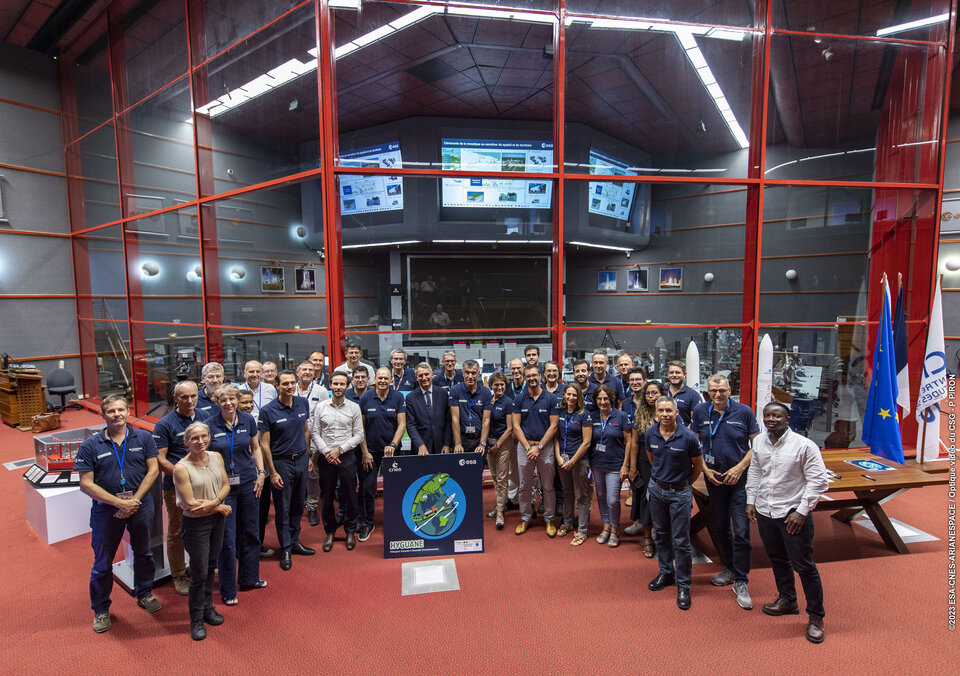
The significance of Hyguane transcends technological advancement. Teddy Peponnet, head of the project for ESA, encapsulates this vision: “This novel facility will be a shining example of carbon-free production of hydrogen when it opens and we aim to set an example for a more sustainable future.” The project aligns with CNES and ESA‘s broader goal of powering 90% of Europe’s Spaceport with renewable energy by 2030.
Beyond the numbers and technical specifications, Hyguane carries a profound human element. It represents hope for a cleaner planet and a sustainable approach to exploring the cosmos. The initiative underscores the collective responsibility towards our planet while pursuing the lofty goals of space exploration.
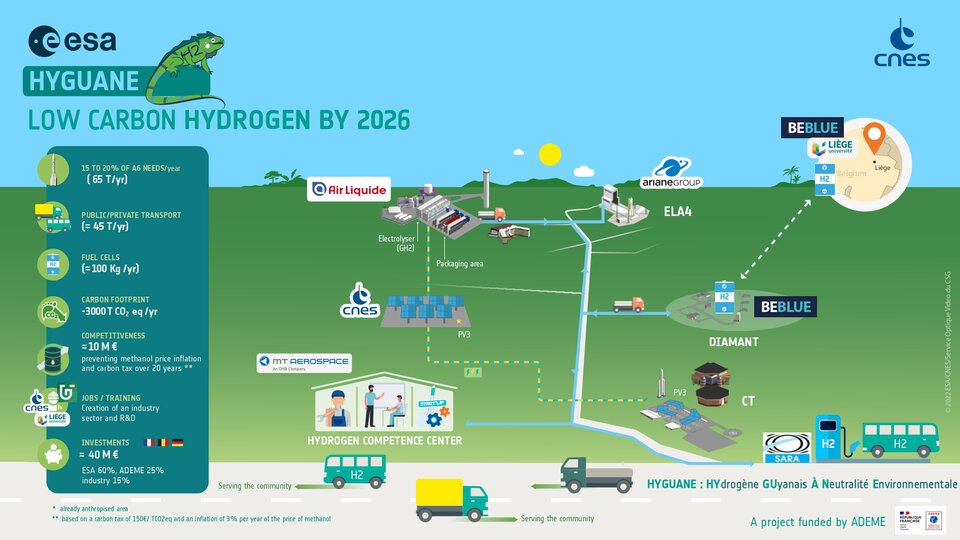
Looking forward, Hyguane could potentially double its hydrogen production and extend its services to additional hydrogen vehicles and generators. As Peponnet puts it, “Green hydrogen is ready to fly! The technical revolution is on its way.” This statement not only reflects the optimism surrounding the project but also hints at the untapped potential of green hydrogen in various sectors.
Similar Posts
Hyguane is not an isolated phenomenon but part of a growing global trend towards sustainable energy sources. Similar initiatives have been undertaken worldwide, reflecting a collective shift in how we approach energy consumption and environmental responsibility. These efforts mirror the principles of Hyguane, suggesting a broader, global commitment to sustainability.
Looking at past and ongoing space projects, we see various approaches to sustainability. NASA’s initiatives have been particularly influential. Their programs in air revitalization, water recovery, and waste management systems have led to technologies that are now used in everyday life. Furthermore, NASA’s work in developing alternative energy systems like photovoltaics, fuel cells, and solar power has been instrumental in advancing sustainable technologies both in space and on Earth.
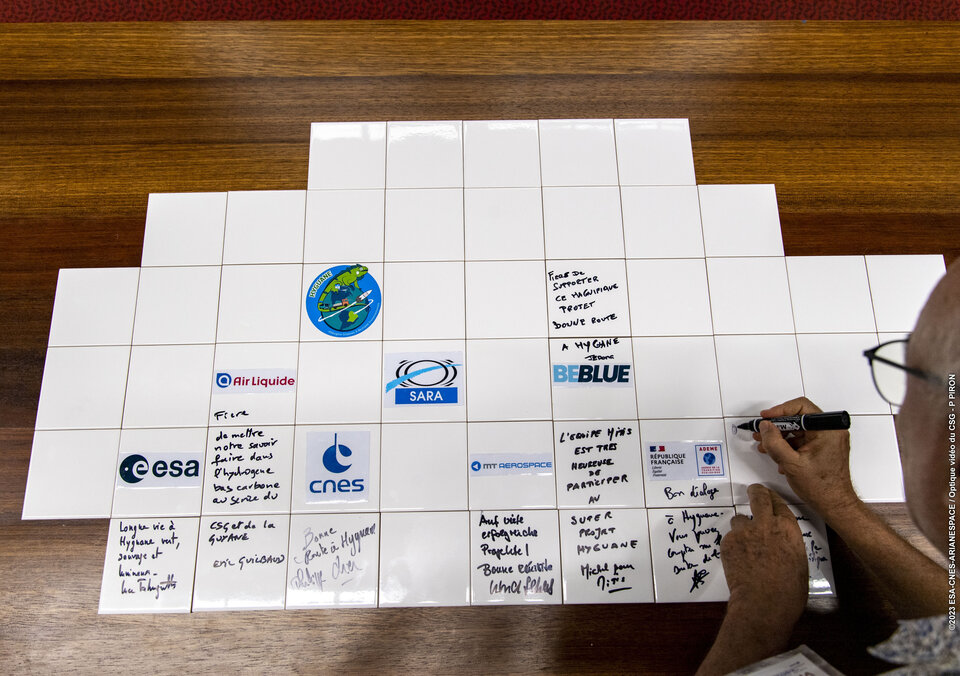
Innovations in space sustainability are not limited to energy use on Earth. The concept of space sustainability extends to various aspects of space exploration, including the management of space debris, a critical concern given the increasing number of satellites and space missions. Companies like Astroscale, with ESA funding, are spearheading missions to remove space debris, potentially launching a commercial de-orbit service for satellite operators. Such initiatives are crucial in preventing a “tragedy of the commons” scenario in space and ensuring the long-term sustainability of space activities.
Project Hyguane stands as a testament to the possibilities that emerge when technological innovation converges with environmental stewardship. It’s not just a project; it’s a blueprint for the future, a hopeful vision that balances our quest for discovery with our duty to preserve our planet. As we look towards the stars, Hyguane reminds us that the journey to the heavens can also be a journey towards a greener Earth.
Interesting Facts :
- Unique Setting for Sustainability: French Guiana, home to the Hyguane project, offers a unique blend of space technology and rich biodiversity. This juxtaposition underscores the project’s commitment to harmonizing advanced space technology with environmental conservation.
- Innovative Energy Solutions: Hyguane’s approach to energy production is at the forefront of technological innovation, leveraging the abundant sunlight in French Guiana for its solar-powered hydrogen production. This method is a pioneering step in the field of renewable energy applications in space missions.
- Historical Legacy at the Jupiter Control Room: The signing ceremony’s location at the Jupiter Control Room in French Guiana is historically significant. This site has been central to numerous space missions, linking the project to a rich legacy of space exploration.
- Broad Consortium for a Broad Vision: Hyguane‘s consortium includes a diverse range of participants, from local universities to international space agencies and private companies. This collaboration reflects the project’s expansive vision, integrating different expertise for a common sustainable goal.
- A Step Towards a Green Spaceport: Hyguane is a key part of the ambitious plan to make Europe’s Spaceport in French Guiana predominantly reliant on renewable energy. This vision positions the spaceport as a leader in sustainable space operations, setting a benchmark for future spaceports globally.
- Potential for Expansion and Wider Application: The project’s design allows for potential expansion, signaling a future where its sustainable practices could be applied more broadly across various sectors, both on Earth and in future space missions.
- Fueling the Future of Space Travel: By aiming to provide a significant portion of Ariane 6’s hydrogen needs, Hyguane is directly contributing to the propulsion of one of Europe’s most advanced rockets, showcasing how sustainability can be integrated into cutting-edge space technology.
- A Catalyst for Local Environmental Change: By introducing hydrogen fuel cells and supporting low-carbon vehicles in French Guiana, Hyguane has the potential to transform local transportation, leading to broader environmental and societal benefits.
